My Carbon Monoxide Alarm Is Beeping. What Should I Do?
One critical safety device in our homes that helps protect us from a silent danger is the carbon monoxide alarm. This small device acts as our guardian, alerting us to the presence of a colorless, odorless gas that can be life-threatening and cause serious damage. Installing a CO alarm is the best way to detect this “Silent Killer,” and the noises it makes will tell you whether the alarm simply needs maintenance or you and your family face a life-threatening emergency.
So, what should you do when your carbon monoxide alarm starts beeping?
It is important not to merely dismiss it when you hear your carbon monoxide alarm beeping. The first thing you should do is pay attention to the exact nature of the sound. Different patterns of beeps or chirps mean different things, though all signal that you must take some action.
Learn what the different sounds mean and then educate your whole household. You could save a life.
What a Carbon Monoxide Alarm Beeping Means
We spoke with a representative of First Alert about how to interpret your carbon monoxide alarm beeping or chirping. Here’s what he told us:
- One beep, at 15-minute intervals = low battery. The battery for your alarm is wearing out. You need to replace it.
- Three beeps, at 15-minute intervals = malfunction. The unit is malfunctioning. Contact the manufacturer or the retailer where you purchased the alarm.
- Five beeps, at 15-minute intervals = end of life. The alarm has reached the end of its useful life and you must install a new one.
- A loud steady alarm (not beeps or chirps) = emergency. The unit has detected carbon monoxide gas in your home. Get everyone to fresh air and phone 911.
CAUTION: Refer to the manufacturer’s instructions for your particular make and model to verify the pattern of sounds you will hear.
What Produces Carbon Monoxide in the Home
Carbon monoxide in the home is usually a byproduct of fuel-burning appliances -- furnace, boiler, stovetop or oven, space heater, gas dryer, water heater, generator, and gas or wood fireplace. Home fuels include:
- Natural gas
- Propane
- Oil
- Wood
- Wood pellets
- Coal
- Kerosene
- Gasoline
- Charcoal
Carbon monoxide collects when these appliances are vented incorrectly so be sure to keep the following in mind to prevent buildup:
- Ensure that all combustion-powered appliances are installed by a knowledgeable person and adequately vented.
- Schedule regular appliance maintenance and change furnace filters as directed.
- Never light a grill or camping stove inside, never run a portable generator indoors, and never use your gas oven to heat the house.
- Have your fireplace chimney and gas dryer vent professionally cleaned every year.
- Ventilate an attached garage properly so carbon monoxide from car exhaust does not get into your home.
Install a Carbon Monoxide Alarm
Hire a qualified electrician to install your carbon monoxide detector(s). Whether the devices are battery-operated, plug-in, or hardwired (these last two should have battery backup in case of a power outage), Underwriter’s Laboratory (UL) certification is a must.
Consider installation of a combination CO/smoke alarm for extra protection.
Have detectors installed near every sleeping area in your home, as well as in the garage, if it’s attached to your house. Mount them on a wall where the carbon monoxide alarm beeping will be heard loudly enough to wake up everyone nearby.
Check the alarm by pressing the “Test” button monthly, replace batteries every 6 months and replace alarms every 5-7 years so they are in tip-top shape.
Emergency Procedure if CO is Detected
- Turn off the fuel-burning appliance if you can do so safely and quickly.
- Get all occupants and pets out of the house. Leave doors and windows open if possible.
- Call 911 once everyone is outside and accounted for. The first responders will treat CO poisoning victims and identify where the gas is coming from.
- Contact your utility company for follow-up.
- Go back into your home only when given the all-clear.
Teach Your Family to Respond Fast in a Carbon Monoxide Emergency
First, teach yourself. Read the user manual carefully as soon as you install a carbon monoxide alarm. There are differences between brands.
Educate your children (and all household members) to understand the various patterns of carbon monoxide alarm beeping or chirping before you’re faced with an emergency.
Form an escape plan and practice it regularly, like a fire drill.
Arrange a safe nearby meeting place in case you get separated while escaping.
Make special advance arrangements for individuals with disabilities.
Symptoms of Carbon Monoxide Poisoning
- Tight feeling in forehead
- Headache
- Pounding heart
- Dizziness
- Nausea and vomiting
- Drowsiness
- Mental confusion
- Lack of consciousness, at a severe stage
Understanding how to respond promptly and effectively to a beeping carbon monoxide alarm can make all the difference in maintaining a secure home environment. Revisit this blog post and the helpful links from time to time to stay informed. Your vigilance and proactive response to a beeping carbon monoxide alarm can save lives and protect your home from this invisible threat.
Laura Firszt writes for networx.com.
Looking for a Pro? Call us (866) 441-6648

Electrical Average Costs
Electricians Experiences

Our Ceiling Fan Journey

Electrical Wiring For Our New Shed

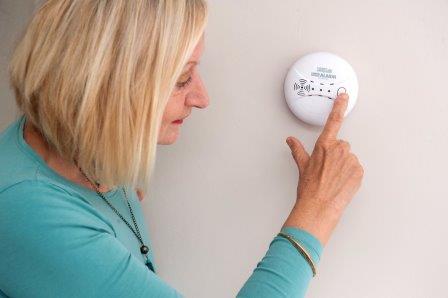
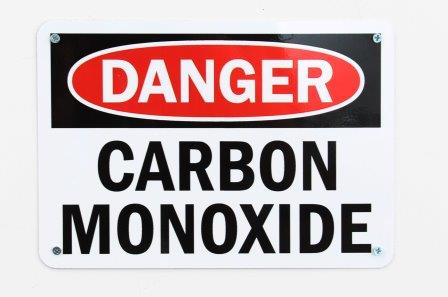
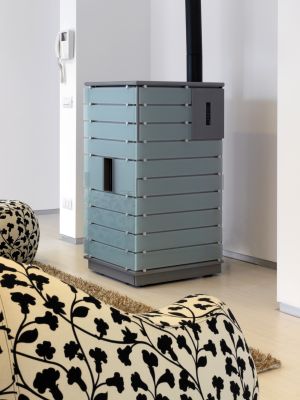
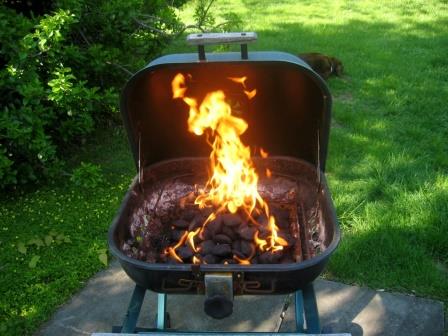
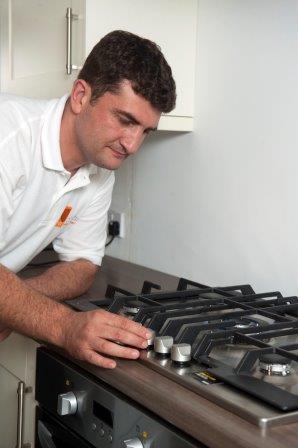
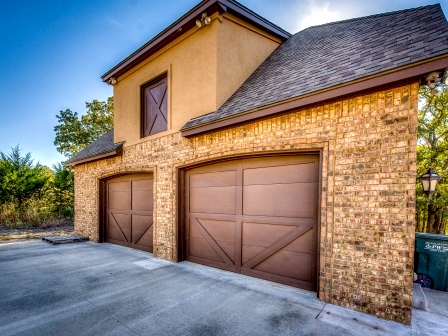
![Carbon monoxide alarm Santeri Viinamäki [CC BY-SA (https://creativecommons.org/licenses/by-sa/4.0)] Carbon monoxide alarm Santeri Viinamäki [CC BY-SA (https://creativecommons.org/licenses/by-sa/4.0)]](https://d2a8huubqzcsft.cloudfront.net/media/500x375/art_5e49607503651.jpeg)


